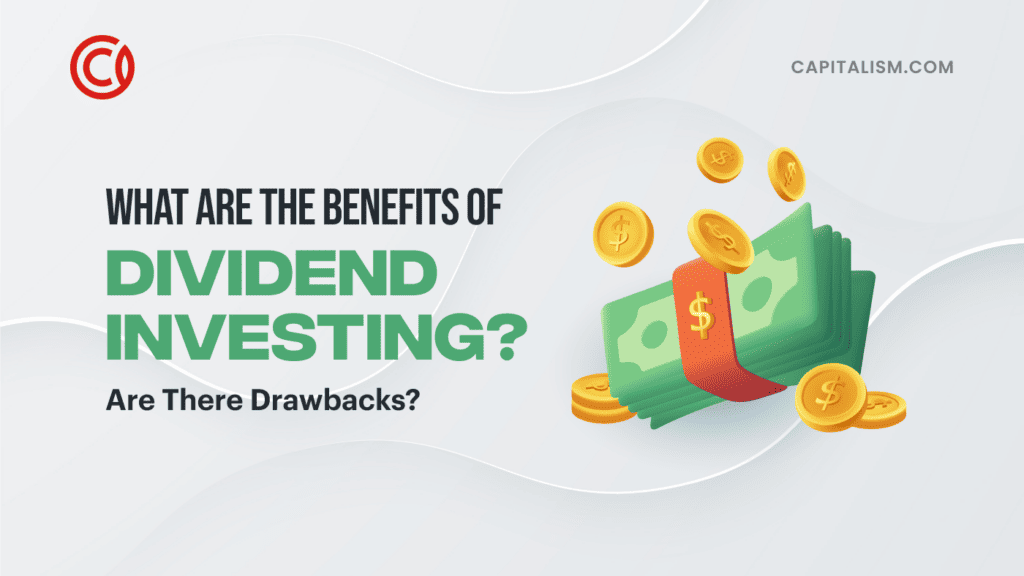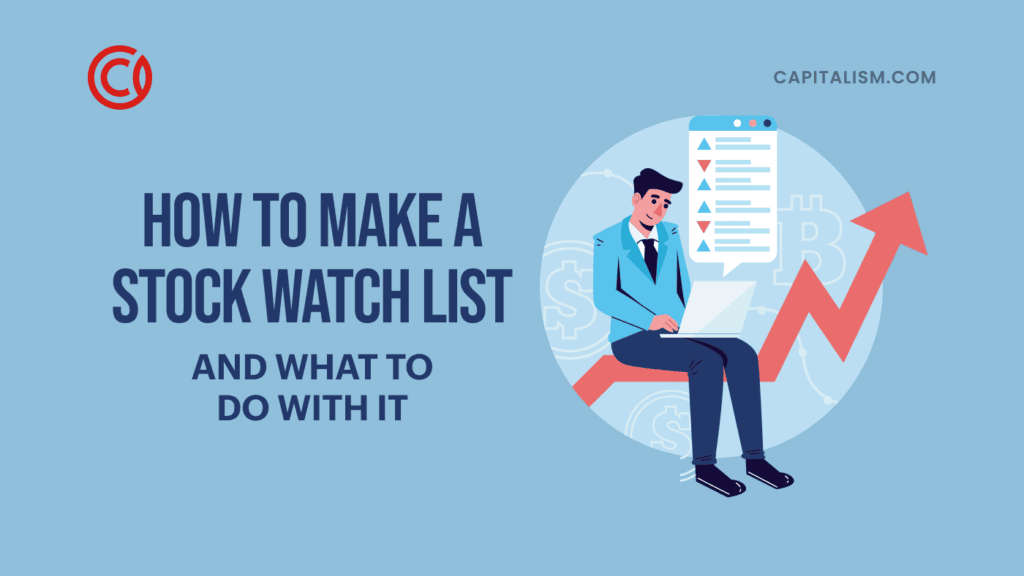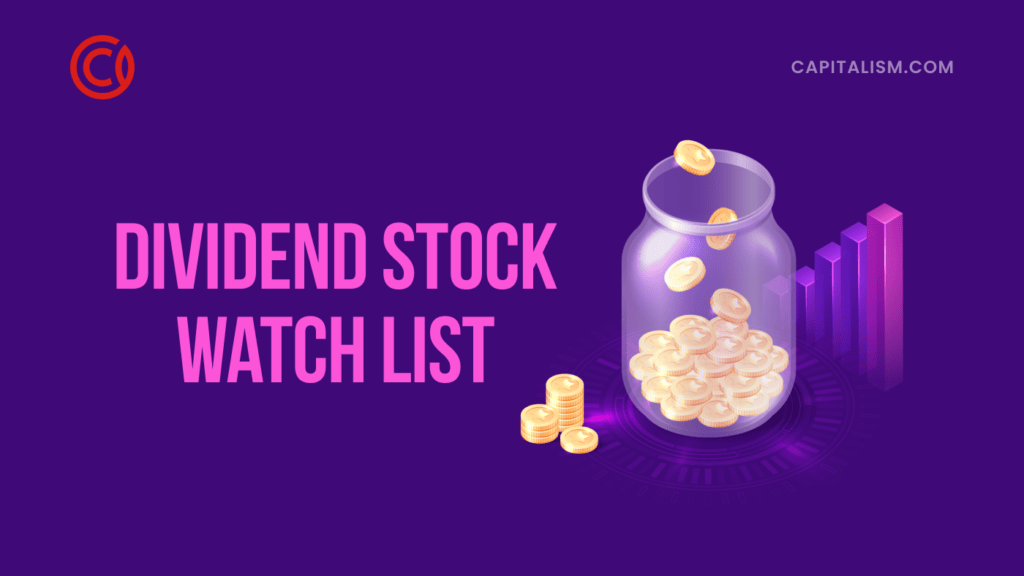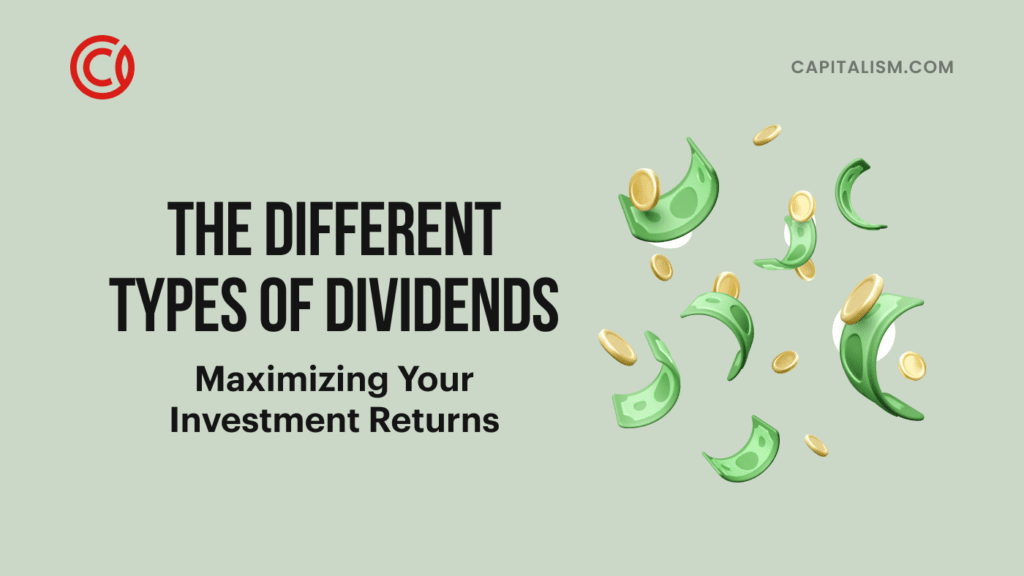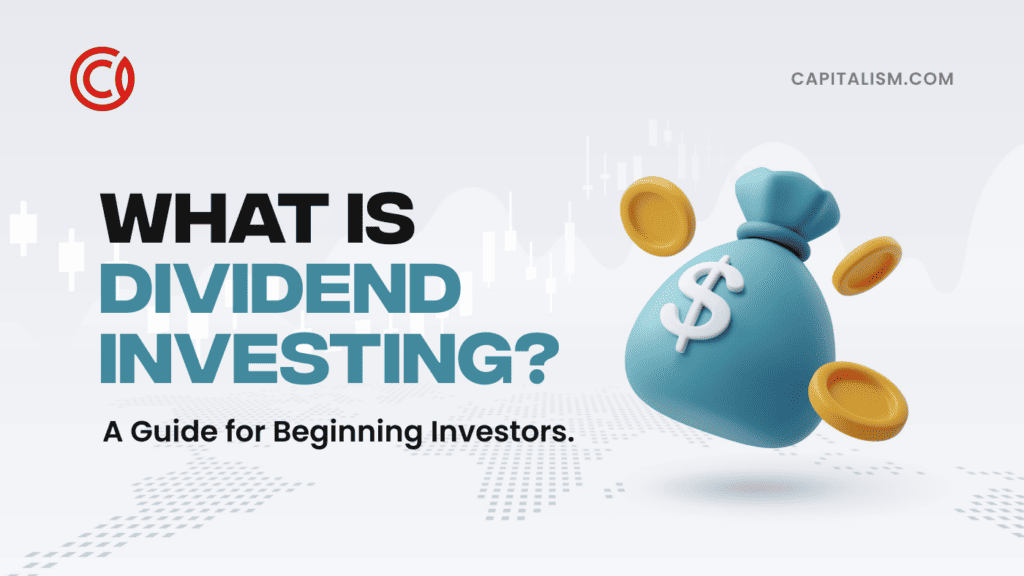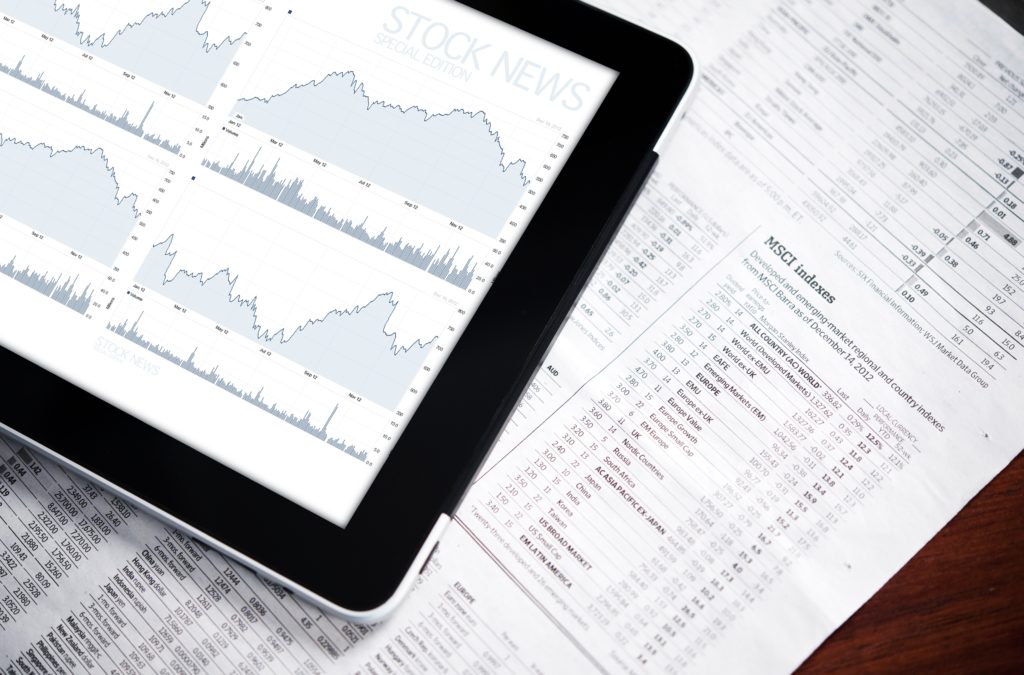Investing in dividend stocks is a strategy that prioritizes generating income — in the form of a dividend — over stock price growth. What dividend investing lacks in excitement, it makes up for in security.
Dividend-paying stocks are those of companies at a mature phase in their business cycle. This frequently means that dividend stocks are large-cap, blue-chip stocks that deliver consistent revenue and earnings. These companies then return a portion of their earnings (i.e., profits) to shareholders through regular dividend payments.
The best of these companies enjoy designations such as Dividend Aristocrats or Dividend Kings. These companies have increased their dividends for at least 25 or 50 consecutive years, respectively.
But before you invest in dividend stocks, you should be aware of both the benefits and the potential drawbacks of dividend investing.
What Are the Benefits of Dividend Investing?
Dividend investing has some obvious benefits when it comes to receiving a regular source of income. But it also has some additional benefits that investors should consider, explained below.
Provide a Source of Regular Income
A dividend is a portion of a company's profits that it returns to shareholders. The dividend usually comes in the form of a cash payment to investors.

In most cases, a company will pay its dividend every quarter. This means that many investors can count on receiving four payments per year for every dividend stock they own. However, a company will sometimes issue a semi-annual or annual dividend. Other companies issue monthly dividends.
Companies that issue quarterly dividends will announce the dividend on or around the day it delivers its quarterly earnings report. If you rely on these dividends for supplemental income, you can plan certain payments around your regular dividend payments.
Source of Passive Income
When you invest in dividend stocks, you will benefit from the ability to generate passive income. All you have to do to collect dividend income is to be a shareholder of record on the record date. The record date is the cutoff date for you to own company stock shares.
For example, on February 16, 2023, AbbVie Inc. (NYSE: ABBV) announced a $1.48 per-share dividend with a record date of April 14, 2023. That means as long as you owned shares of AbbVie stock on April 14, you would be eligible to receive that dividend.
So in this example, if you owned 50 shares of ABBV stock, you would receive a payment of $74. And since AbbVie pays quarterly dividends, you would receive that payment four times yearly for $296 (74 x 4).
Reinvest Your Dividends
Not so many years ago, a common objection to dividend investing was how it would benefit younger investors who may have 20 to 30 years or more before retirement. The answer is that most dividend stocks allow you to reinvest your dividends.
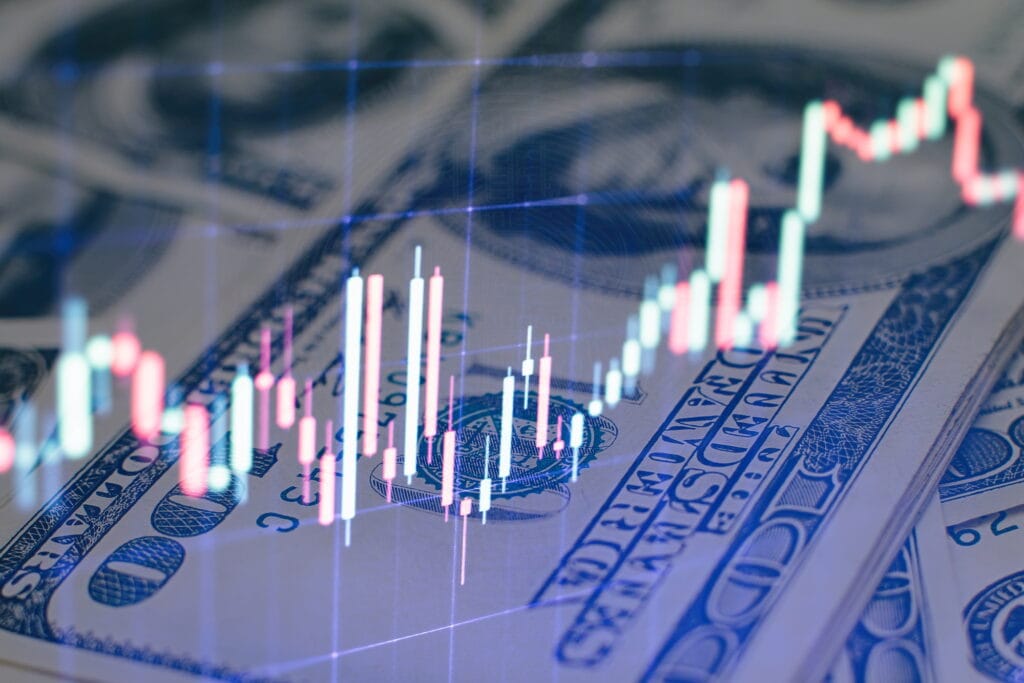
Signing up for an automatic dividend reinvestment plan (DRIP) will automatically reinvest your dividends into that company's stock. This allows you to purchase more stock shares and promotes the benefit of compounding. Because as you buy more shares, the amount of future dividend payments increases. This is one of the best benefits of dividend investing - a proven way to build wealth over time.
Most brokerage firms will allow you to sign up for a DRIP plan right through their app or website. In most cases, you won't have to pay commissions to have your dividends reinvested. You can also contact the company directly via the investor relations department to have your dividends reinvested.
Often Appreciate in Value
Although the primary benefit of dividend investing is collecting the dividend, these are still stocks. And over time, the value of the underlying stock appreciates. If you buy 100 shares of a stock for $30 and 20 years later, that same stock is now worth $50, you'll have a capital gain of $2,000 from the share price alone, and that doesn't include all the dividends you may have reinvested over that time.
This introduces the benefit of total return. When you invest in a non-dividend-paying stock, your total return is based exclusively on share price growth. With a dividend stock, your total return is based on both share price growth and the dividend payment. And if you focus on dividend stocks that regularly increase the dividend, that total return can easily match or exceed that of growth stocks.
Outpace Inflation
The idea of total return brings two additional benefits of dividend investing. First, dividend stocks help your portfolio keep up with inflation. The Federal Reserve has a 2% target for inflation. That means the value of your investments has to increase by 2% every year to stay ahead of inflation.
That's why a dividend with a yield of over 2% is generally considered a good yield. That's great for a bull market. But what about in a year like 2022, when inflation was over 7%, and many stocks were underperforming? This is where dividend investing can help provide a hedge against inflation.
Some not-so-fun inflation stats:
- The inflation rate in the United States reached 4.9% in April 2023
- 41% of small business owners identify inflation as their primary concern.
- 90% of the chief economists expect high or very high inflation in 2023 in Europe
Outperform Over Time

This leads to an additional benefit of dividend investing. You hear the phrase: past performance doesn't ensure future results. However, over time there's evidence that dividend investing can deliver a larger total return than investing in stocks that don't pay dividends.
From 1991 through 2015, non-dividend-paying stocks significantly outperformed non-dividend-paying stocks. In that time, dividend stocks delivered an average annual total return of 9.7%, while stocks that didn't pay dividends delivered a return of 4.18%.
What Are the Drawbacks of Dividend Investing?
Dividend stocks are in every portfolio, but you must diversify your portfolio. That's because there are some drawbacks to dividend investing.
Dividend Stocks Offer Low Risk, but Low Reward
As mentioned above over time, dividend-paying stocks tend to outperform the market. But the key words to remember there are over time. Dividend investing is about patience. It's suitable for buy-and-hold investors. Warren Buffett is a fan of dividend investing, so they have that going for them.
But if you're an investor with a higher risk tolerance, you can frequently find growth stocks that will deliver significantly higher short-term returns. For example, in the late 1990s, dividend investing went out of fashion as the dot-com bubble inflated. And if you invested in the right stocks, you would have made significantly higher returns than through a tried-and-true dividend stock.
Dividends Can Get Cut

Many companies prioritize their dividend. However, there are times when companies have to cut their dividends. Sometimes, this is due to a short-term "black swan" event such as the COVID-19 pandemic. But in some cases, it indicates a larger problem with the company.
To help mitigate this risk, you can focus on Dividend Kings and Dividend Aristocrats. Although these companies may still cut their dividend, they are less likely to do so.
Can Seem too Good to be True
The formula for dividend yield is:
Dividend yield = Current annual dividend (per share)/Current stock price x 100
Some companies, such as real estate investment trusts (REITs) and business development companies (BDCs), will generally have a higher-than-average dividend yield.
However, if other companies have an outsized yield, it can indicate a yield trap. This is when a company has a dividend yield much higher than it can sustain. If you get a sense that a company's dividend is too good to be true, there are a few things to look for, such as:
- A high debt-to-equity ratio: If a company carries too much debt, it may cut its dividend if times get tough. Many investors feel a debt-to-equity ratio over two is too high, but that depends on the company and its sector.
- High payout ratio: A high payout ratio, especially one over 100%, indicates that a company is not generating enough profit to sustain its dividend. It may have to raise debt to finance a dividend.
- Low cash flow: Sometimes, the dividend is too high based on a company's cash flow. Cash flow is the difference between the money coming into a business and the money that goes out. You can find this information on a company's cash flow statement.
- Fundamental problems: Other fundamental problems with the business can include ongoing litigation, new competition or losing market share.
Pay Taxes on Dividends
You will have to pay taxes on your dividends. Qualified dividends (i.e., dividend payments) are taxed at long-term capital gains tax rates if you hold them for a specific period. That's usually 60 days for common stock purchases.
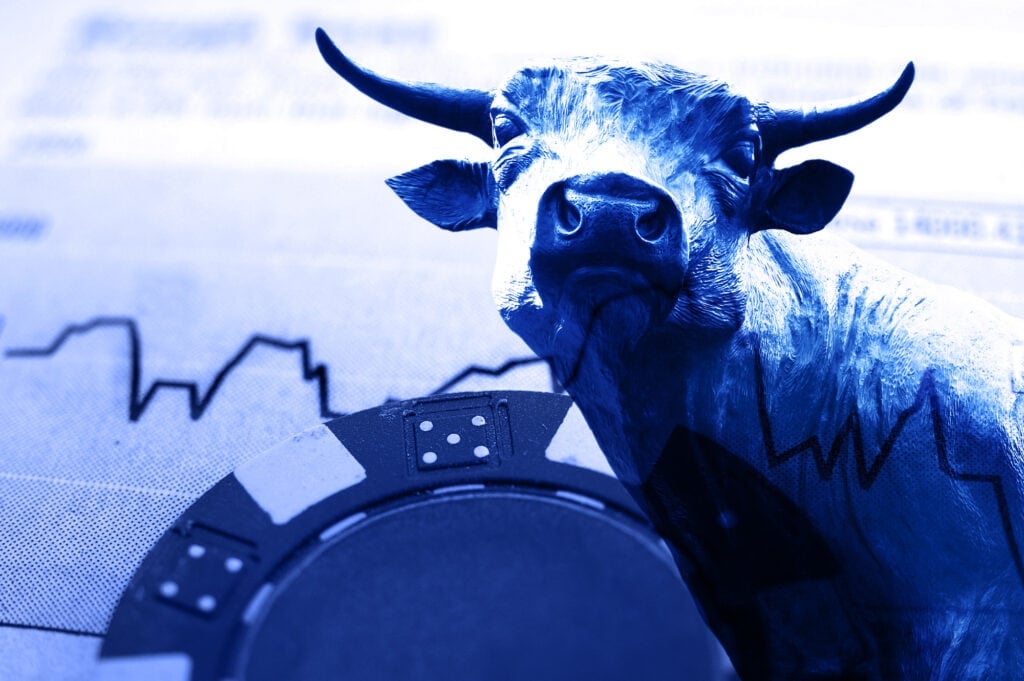
Unless your dividends are in a tax-advantaged account such as an individual retirement account or 401(k), you must pay yearly taxes on your dividends even if you don't sell any shares.
Are Dividend Stocks Right for Your Portfolio?
For investors with a sizable nest egg, dividend investing is a defensive strategy prioritizing wealth preservation above growth.
However, every investor can benefit from a few dividend stocks. As we've shown in this article, dividend stocks can provide diversification. But they are widely considered to be a safe investment. And for more risk-tolerant investors, they may not be the best choice. That's because during times of economic growth, dividend stocks tend to underperform the overall market.
In a weak economy, dividend investing can provide investors with a relatively safe option for generating a market-beating return. This is due to the idea of total return, which combines stock price growth with the company's dividend yield.
Takeaway
In conclusion, dividend investing offers multiple benefits, including a regular and passive income source, potential for compounding through reinvestment, stock appreciation, a hedge against inflation, and historical outperformance.

However, it's not without potential pitfalls, like low short-term returns, the risk of dividend cuts, and tax implications. An investor's choice to engage in dividend investing depends on their financial goals, risk tolerance, and investment timeframe. Therefore, a diversified portfolio that includes dividend stocks can be a safe and efficient strategy for both wealth preservation and growth.
Here at Capitalism.com, we’re on a mission to make one million new millionaires by 2028. We coach entrepreneurs to build businesses that make the world a better place… and to invest their profits to create lasting wealth.
We’d love YOU to be one of them. That’s why we created this FREE course that will help you grow your net worth and build your first million-dollar business. Join us and let’s get started.
